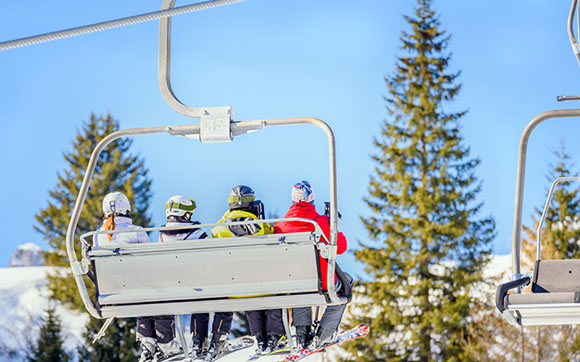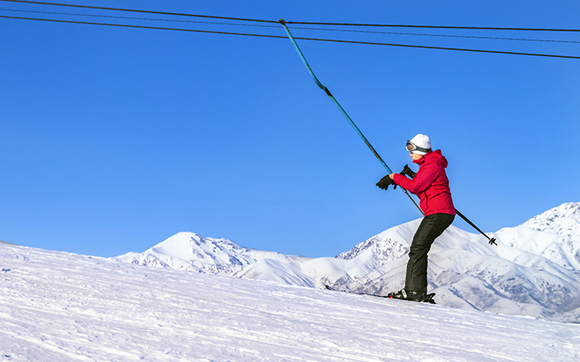TSSA Keeps You Safe
In Ontario, TSSA regulates the safety of passenger ropeways (ski lifts) in Ontario, including chair lifts, bar lifts, recreational conveyors, gondola lifts, reversible ropeways, passenger ropeways, rope tows, tube tows, belt tows, and aerial tramways.
TSSA reviews and registers lift designs, licenses lift devices, conducts inspections, performs incident investigations, and promotes public awareness of safe ski-lift behaviour throughout Ontario. In addition, TSSA certifies ski lift mechanics and registers contractors. When necessary, TSSA conducts investigations.
Reporting Safety Concerns
If you see anything at a ski resort or park that appears unsafe, report it to TSSA—24 hours a day, 7 days a week—by calling 1-877-682-8772. Choose Option 1 to be connected to our incident hotline (managed by the Ontario Ministry of Environment and Energy’s Spills Action Centre).
If you see anything that appears unsafe, you may also report it to TSSA—24 hours a day, 7 days a week—by calling 1-877-682-8772. Choose Option 1 to be connected to our incident hotline (managed by the Ontario Ministry of Environment and Energy’s Spills Action Centre). You may also report an incident to TSSA by email at ed-incident@tssa.org.
If you witness an accident, call 911 and stay on the line to provide information about your exact location.
Resources


